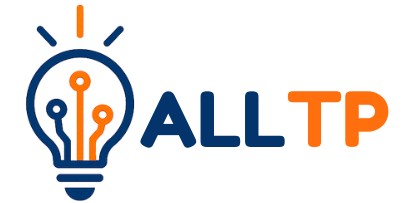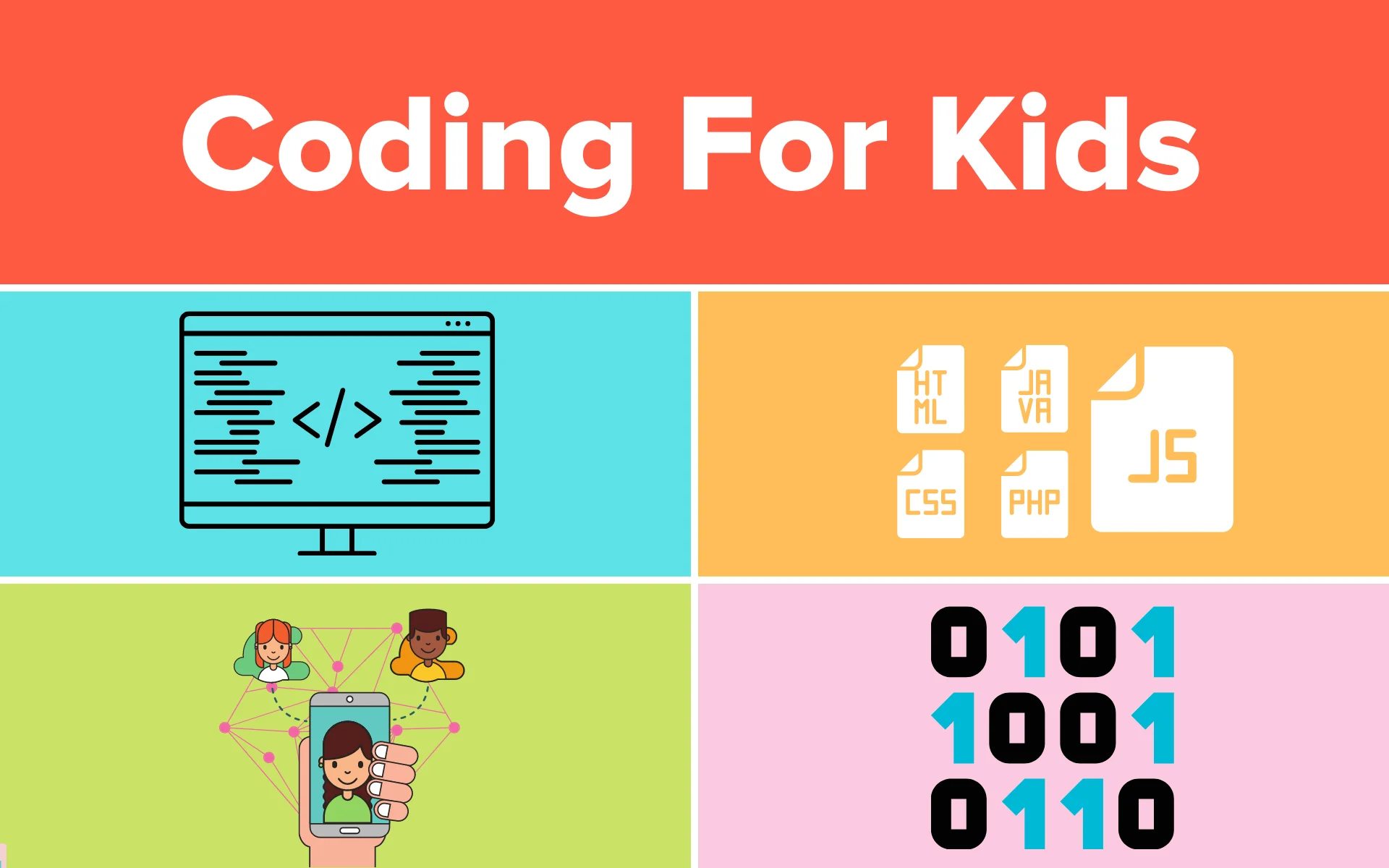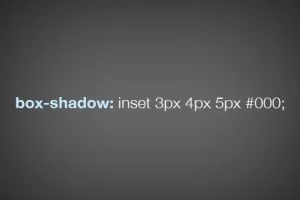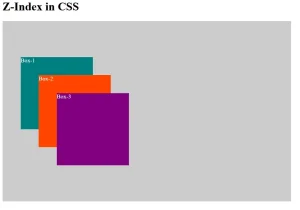Did you know that students who learn to code often score higher in math and science compared to their peers? According to multiple studies, early exposure to computer programming can enhance problem-solving skills and boost overall academic performance. But is coding truly the secret weapon for better grades or just another trendy tech activity?
Interested in giving your child a head start? Enroll them in our coding for kids program today and watch their confidence and academic skills grow!
At its core, coding teaches children how to break down problems, think logically, and build solutions step by step, skills that extend far beyond a computer screen.
So, can coding really improve your child’s school performance? This article explores how learning to code impacts different academic subjects and strengthens essential skills like critical thinking, creativity, and focus, ultimately contributing to better school results.
Understanding How Coding Engages the Brain
Learning to code is like giving your brain a workout. It’s not just about typing lines of text, it’s about thinking in a structured, logical way to solve problems. Coding challenges children to analyze situations, break down tasks, and apply step-by-step reasoning, much like solving a math puzzle or conducting a science experiment.
One of the key mental benefits of coding is the way it encourages persistence. When a child’s program doesn’t work, they have to debug, test, revise, and try again. This process teaches resilience and determination, helping kids become comfortable with failure and motivated to keep improving. These traits directly translate to better performance in challenging subjects like mathematics and physics.
At the same time, coding is deeply creative. Children design games, animations, and stories through code, which engages both the logical and imaginative parts of the brain. This balance is important for healthy cognitive development, as it nurtures both analytical skills and innovative thinking.
In short, coding taps into the brain’s ability to reason, adapt, and create skills that are fundamental to academic success across all subjects.
Academic Subjects Improved by Coding
Coding doesn’t exist in a vacuum, it naturally reinforces concepts taught in other school subjects. By integrating programming into a child’s routine, you strengthen their grasp of core academics in engaging and meaningful ways.
A. Mathematics
Coding and math are closely linked through shared foundations like sequencing, patterns, and logical reasoning. When kids write code, they practice using variables, functions, and loops, concepts that mirror mathematical operations and algebraic thinking. For instance, writing a loop to repeat a task mimics multiplication, while adjusting variables resembles solving equations. These hands-on experiences help abstract math ideas make more sense and stick longer.
B. Science
In science, understanding cause and effect is key and that’s exactly what coding teaches. If one piece of code is off, the outcome changes. This mirrors the hypothesis-experiment-conclusion model in scientific inquiry. Coding tasks also support STEM learning through experiments like building simulations, creating weather trackers, or programming robots. Kids learn to observe results, refine their approach, and draw conclusions, reinforcing essential scientific methods.
C. English and Language Arts
Though coding is technical, it also tells a story. In platforms like Scratch, students create interactive stories or games with clear plotlines, dialogue, and structure. Writing these projects improves storytelling skills while using logic similar to grammar rules. Additionally, reading and interpreting code requires strong comprehension, just like following a complex set of written instructions or decoding a poem. Coding, therefore, sharpens both writing and reading abilities.
D. Art and Design
Coding unlocks a digital world where creativity thrives. Kids design characters, scenes, and even music within coding platforms, learning how to blend art with technology. Programs like Tynker and Minecraft modding tools allow students to explore animation, graphic design, and game development. These activities build visual literacy, spatial reasoning, and a deeper appreciation for the creative process, all vital skills in modern art and design education.
Boosting 21st-Century Learning Skills
In today’s rapidly changing world, academic knowledge alone isn’t enough. Kids need to master 21st-century skills like collaboration, communication, critical thinking, and problem-solving. Coding Kenya is becoming a vital pathway to build these skills, empowering students not just to use technology, but to create it.
Through hands-on projects and problem-solving challenges, coding offers a practical way for Kenyan children to develop the competencies needed to thrive in the global digital economy.
Collaboration through Coding Projects
Many coding activities encourage children to work together, whether in coding clubs, classrooms, or online communities. Group projects like building a game or developing a website require teamwork, where kids must delegate tasks, troubleshoot as a team, and learn to respect different perspectives. These experiences build social skills that translate directly to success in group assignments at school and future workplaces.
Communication Skills
Explaining how a program works or presenting a finished project builds communication and presentation abilities. Kids learn to describe their logic clearly, justify their decisions, and even write documentation or tutorials for others. This helps them become more confident when speaking in front of classmates or writing detailed explanations in school essays.
Critical Thinking and Problem-Solving
At the heart of every coding challenge is a problem that needs to be solved. Whether it’s fixing a bug or figuring out how to make a game character jump, kids must analyze the issue, come up with possible solutions, test them, and revise as needed. This mirrors real-world decision-making and nurtures an adaptable, solution-focused mindset, a key trait of successful learners in any subject.
Real-World Examples and Case Studies
The impact of coding on academic performance isn’t just theory, it’s visible in real classrooms and children’s lives around the world. From improved grades to boosted confidence, real-world examples show how coding can be a catalyst for positive educational change.
Student Success Stories
Take 10-year-old Amina from Nairobi, who struggled with math until she joined a weekend coding club. Through learning how to use loops and variables in Scratch, Amina began to understand math patterns and logic more clearly. Within months, her test scores improved, and her teachers noticed a boost in her confidence and participation in class.
In another case, Brian, a quiet 12-year-old from Mombasa, discovered his love for storytelling through coding animations. His interest in language arts grew, and he began writing longer, more creative essays at school all sparked by his experience with coding projects that let him bring characters and plots to life.
Schools Embracing Coding for Academic Growth
Several schools across Kenya and beyond are already seeing academic gains after integrating coding into their curriculum. For example, a public school in Kisumu introduced a basic computer science module for upper primary students. After just one term, teachers reported better logical reasoning in math and improved problem-solving approaches in science.
Globally, a study by the UK’s Department for Education found that students who participated in structured programming courses performed better on standardized math tests compared to those who did not. In the U.S., schools using platforms like Code.org have seen increases in students’ engagement and test scores across multiple subjects.
These stories demonstrate that coding is more than a tech skill, it’s an educational tool that helps children learn how to think, analyze, and communicate better across the board.
Challenges and Misconceptions
While coding offers numerous educational benefits, it’s important to approach it with realistic expectations and a clear understanding of its role in a child’s learning journey. There are several common misconceptions that can hinder its effective integration.
Coding Won’t Replace Traditional Learning
Some parents or educators worry that coding might take time away from core subjects like reading, writing, or math. In reality, coding is not a replacement, but a powerful complement. It reinforces skills learned in the classroom by presenting them in new, interactive ways. For example, writing code strengthens grammar-like logic, while debugging reinforces perseverance in problem-solving key traits for academic success in any subject.
It’s Not Just for Future Programmers
Another common myth is that coding is only valuable for kids who want to become software developers. While it certainly opens the door to tech careers, coding for kids is a literacy skill for the digital age, much like reading or numeracy. Whether a child grows up to be a doctor, teacher, entrepreneur, or artist, the ability to understand and manipulate technology will give them an edge.
Not All Coding Programs Are Created Equal
Lastly, not every coding course delivers the same value. Some programs focus heavily on technical content without engaging kids creatively or connecting to broader learning goals. Others may be too simplistic or not age-appropriate. For real academic benefits, it’s crucial to choose well-designed programs that are structured, interactive, and tailored to your child’s developmental level.
Recognizing these challenges helps parents and educators make more informed decisions and ensures that coding truly enhances, rather than distracts from, a child’s academic growth. Research from Harvard University emphasizes the importance of integrating computer science in a way that complements traditional learning and supports broader cognitive growth
How to Introduce Coding at Home or School
Introducing coding doesn’t require expensive gadgets or advanced tech knowledge. With the right tools and approach, parents and teachers can help children start coding in fun, meaningful ways whether at home, in school, or through extracurricular programs.
Tools and Platforms to Get Started
There are many free and low-cost platforms designed to teach kids how to code in a visual, engaging way:
- Scratch (ages 7–12): A block-based coding platform where kids create interactive stories, games, and animations.
- Code.org (ages 5+): Offers a wide range of age-specific courses with video lessons and interactive activities.
- Tynker (ages 6–14): Combines block coding and game design with a gradual transition to text-based coding.
- ScratchJr (ages 5–7): A simplified version of Scratch for younger learners.
These platforms are beginner-friendly and often come with lesson plans, tutorials, and progress tracking features.
Age-Appropriate Recommendations
- Ages 5–7: Start with unplugged activities or apps like ScratchJr that focus on sequencing and storytelling.
- Ages 8–12: Use platforms like Scratch or Code.org to introduce logic, loops, and basic game design.
- Ages 13+: Transition to text-based coding languages like Python or JavaScript using guided tools like Replit or Khan Academy.
Tips for Parents and Educators
- Start small: Begin with short, simple challenges to build confidence.
- Celebrate progress: Praise creativity and effort, not just outcomes.
- Learn together: You don’t need to be an expert—exploring alongside your child can be empowering for both of you.
- Use real-world connections: Link coding to school subjects or interests, like art, storytelling, or science projects.
The Power of Consistency and Guidance
Like any skill, coding requires regular practice and encouragement. Set aside a few hours a week, join a coding club, or enroll in a holiday camp to maintain momentum. Guided learning whether through teachers, mentors, or structured courses helps kids overcome frustration and stay motivated.
By making coding part of everyday learning, you equip your child with skills that support both academic achievement and lifelong digital fluency.
To conclude, coding is more than just a technical skill, it’s a powerful learning tool that nurtures logical thinking, creativity, and resilience. From improving math scores to enhancing writing and reading comprehension, coding can play a significant role in boosting your child’s academic performance. It encourages persistence, strengthens problem-solving skills, and opens the door to new ways of understanding core subjects.
While it won’t replace traditional learning, coding complements and enriches it helping children become more confident, independent thinkers ready for the demands of a digital future.
Ready to give your child an academic edge and future-ready skills? Start their coding journey today! Whether through fun home-based platforms like Scratch or structured learning at a local coding bootcamp, every small step counts. Enroll your child in our beginner-friendly coding for beginners program today and watch their confidence and grades grow.




